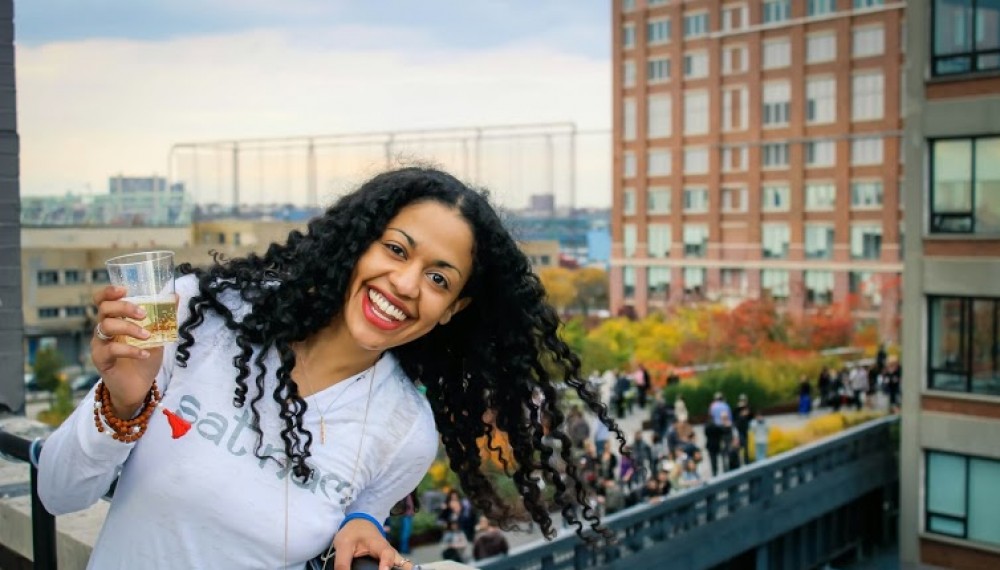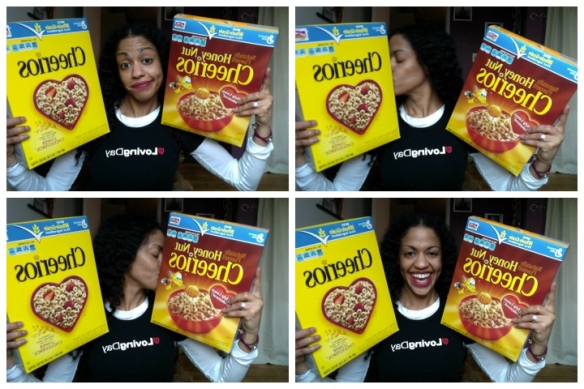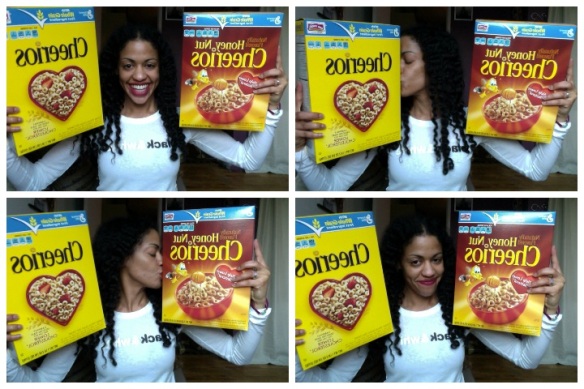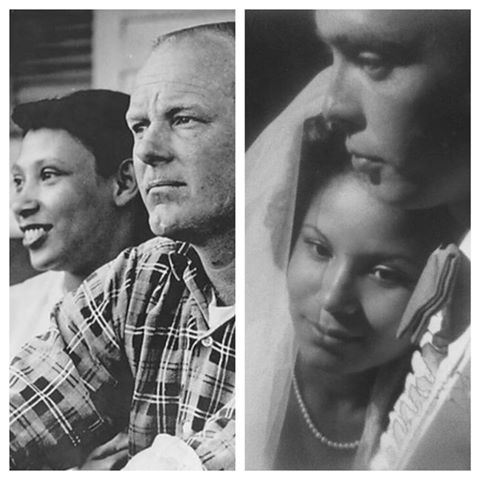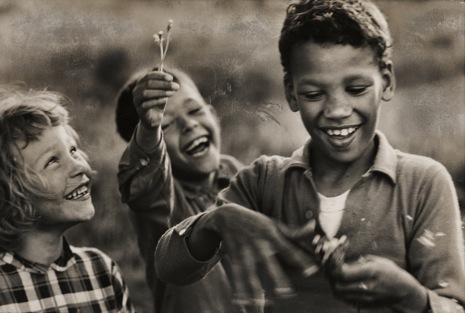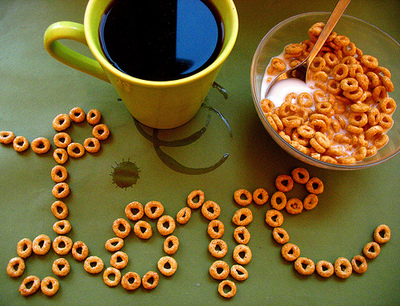Tag Archives: cheerios
…and then
It happens to be Loving Day which is what prompted me to finally get around to posting about the Cheerios. Happy Loving Day! Interracial Marriage (black/white) has been legal for a grand total of….46 years! That’s only ten more years than I have existed! So in the grand scheme, if there is still a small to medium segment of the population who simply has not taken advantage of any opportunity to grow out of this debilitating mindset, well, that’s only to be expected… and it’s too bad for them… and absolutely ok with me actually. Love people where they are, right?
Here’s a nice article that brings together the Cheerios and the Lovings.
Opinion: The importance of ‘Loving’ in the face of racism

Editor’s note: June 12 is the 46th anniversary of Loving v. Virginia, which made interracial marriage legal in the United States. Thousands of people nationwide celebrate that anniversary as “Loving Day’. Ken Tanabe is the founder and president of Loving Day, an international, annual celebration that aims to build multicultural community and fight racial prejudice through education. He is a speaker on multiracial identity, community organizing and social change through design.
By Ken Tanabe, Special to CNN
(CNN) – Racism is alive and well in 2013, and what’s striking is the recent notable examples aimed at interracial couples – or one of their children.
Even breakfast cereal commercials aren’t safe. A recent Cheerios ad depicting an interracial couple and their multiracial child got so many racist remarks on YouTube that the company had to disable the comments.
There is nothing out of the ordinary about the commercial, except that the parents happen to be an interracial couple.
But the truth is, racially blended families are becoming more ordinary every day, due to the 1967 Supreme Court decision that declared all laws against interracial marriage unconstitutional.
Opinion: Two different marriage bans, both wrong.
Today is the 46th anniversary of that decision, and one in seven new marriages in the United States is interracial or interethnic. Multiracial Americans are the fastest-growing youth demographic.
Number of interracial couples in U.S. reaches all-time high:
While the negative comments about the Cheerios commercial made it newsworthy, there were also many others who showed their support for the Cheerios brand.
Multiracial Americans of Southern California, a multiethnic community group, started a Facebook album for people to post photos of themselves holding a box of Cheerios. And in articles and in social media, supporters expressed gratitude to General Mills for depicting a multiracial family.
The weddings of two multiracial couples from high-profile families also prompted racist comments online. Lindsay Marie Boehner, daughter of House Speaker John Boehner, married Dominic Lakhan, a black Jamaican man. And Jack McCain, son of Sen. John McCain, married Renee Swift, a woman of color.
The reaction to these marriages is reminiscent of the response to the marriage of Peggy Rusk – the daughter of then-Secretary of State Dean Rusk – and Guy Smith, a black man. In 1967, interracial marriage was a cover story, several months after laws against interracial marriage were struck down.
Things have changed since then, but not enough.
In a 2011 Gallup poll, 86% of Americans approved of “marriage between blacks and whites.” In 1958, the approval rating was 4%. But it makes me wonder: What do the other 14% of Americans think? Apparently, many of them spend a lot of time leaving comments online.
The election of Barack Obama inspired many of us to hope that widespread racism was a relic of the past.
And while he was elected to a second term, we must not be complacent when it comes to racism in our daily lives. We must seek out opportunities to educate others about the history of our civil rights.
Dr. Martin Luther King Jr. wished that his children would “one day live in a nation where they will not be judged by the color of their skin but by the content of their character.” I wonder what he would think of our collective progress as the 50th anniversary of his “I Have a Dream” speech approaches.
On June 15th, the 10th annual Loving Day Flagship Celebration in New York City will draw an expected 1,500 guests. And while many participants are multiracial, anyone can host a Loving Day Celebration for friends and family, and make it a part of their annual traditions.
We need to work collectively to fight prejudice through education and build a strong sense of multiethnic community. If we do, one day we might live in a nation where the racial identities of politicians’ children’s spouses are no longer national news, and cereal commercials are more about cereal than race.
The opinions expressed in this commentary are solely those of Ken Tanabe.
Mildred and Richard Loving
now…
Certainly you’ve heard of this, right? The barrage of hateful comments left under the commercial featuring a mixed race family on Cheerios’ YouTube channel. Comments so offensive that General Mills deleted and disabled them. “It’s 2013!!!” is the gist of the typical response from “normal” people on the internet. “I want to eat so many Cheerios right now,” was quite literally my response. And I got a little choked up. Not about the comment fiasco. I stopped getting choked up about youtube comments years ago, thank God, and it comes as absolutely no surprise to me that hateful voices rose from the trollers. None. So all I’m left with is this beautiful commercial, with this adorable child who makes some sincerely delightful faces depicted in a family that almost resembles mine in a way that I cannot recall having seen before. Ever. I am 36 years old. I was in commercials as a kid. I have never seen a commercial like this. That is what is shocking. That in 2013, this near-revolutionary advertising. People took note, did double takes. Heads were scratched. Fears and tempers were flared. Clearly this is long overdue. So, thank you Cheerios!! Thank you for looking at your community and your consumers and seeing what is actually in front of you. And being “bold” enough to “endorse” it. By endorsing reality, you make us face it and give us the opportunity to adjust to it. Maybe even to like it You reflect me and all the others like me who had never experienced the normalization of our lives in a television commercial. This makes for a healthier society. That makes for a healthier me.
And then there’s this! Maybe it’s not as bad as it seems after all.
Turns Out Americans Love ‘Controversial’ Cheerios Ad
Perhaps Racist YouTubers Not Representative of Country as a Whole
June 5, 2013
Last week, a new ad from Cheerios was deemed controversial when media outlets discovered that the racist contingent of the idiocracy known as the YouTube comment section trashed the ad for featuring a mixed-race couple and a biracial child.
But according to data from Ace Metrix, Americans like the ad. In fact, “Good for Your Heart” (called “Just Checking” on YouTube) tested the highest of six new Cheerios ads this year and garnered attention and likeability scores 9% and 11% “above the current 90-day norm for cereals.”
General Mills rightly decided not to be swayed by the rantings of deranged internet comments, telling USA Today that the supposed uproar would not affect future casting decisions.
According to Ace Metrix, the ad — created by Saatchi & Saatchi, New York — “appealed to all age/gender demographics with the exception of males over 50.” While that could be taken as a statement on racial attitudes, Ace Metrix noted that ads with babies tend to perform poorly with this demographic regardless of the race of the child.
The report, which surveyed over 500 consumers, went on to note: “The ad scored best with African-Americans, who collectively scored the ad a 721, followed by Asian Americans and Hispanics. While African Americans and Hispanics generally award advertising higher scores than their ethnic counterparts — the 721 score is 100 higher than average for African-Americans.”
And filtering verbatim commentary from those surveyed, those who specifically mentioned “couple” did so in a positive manner.
“I liked that the couple is mixed race,” wrote one respondent. “Good to see that on TV, but in a subtle manner.”
word cloud from Ace Metrix survey comments
